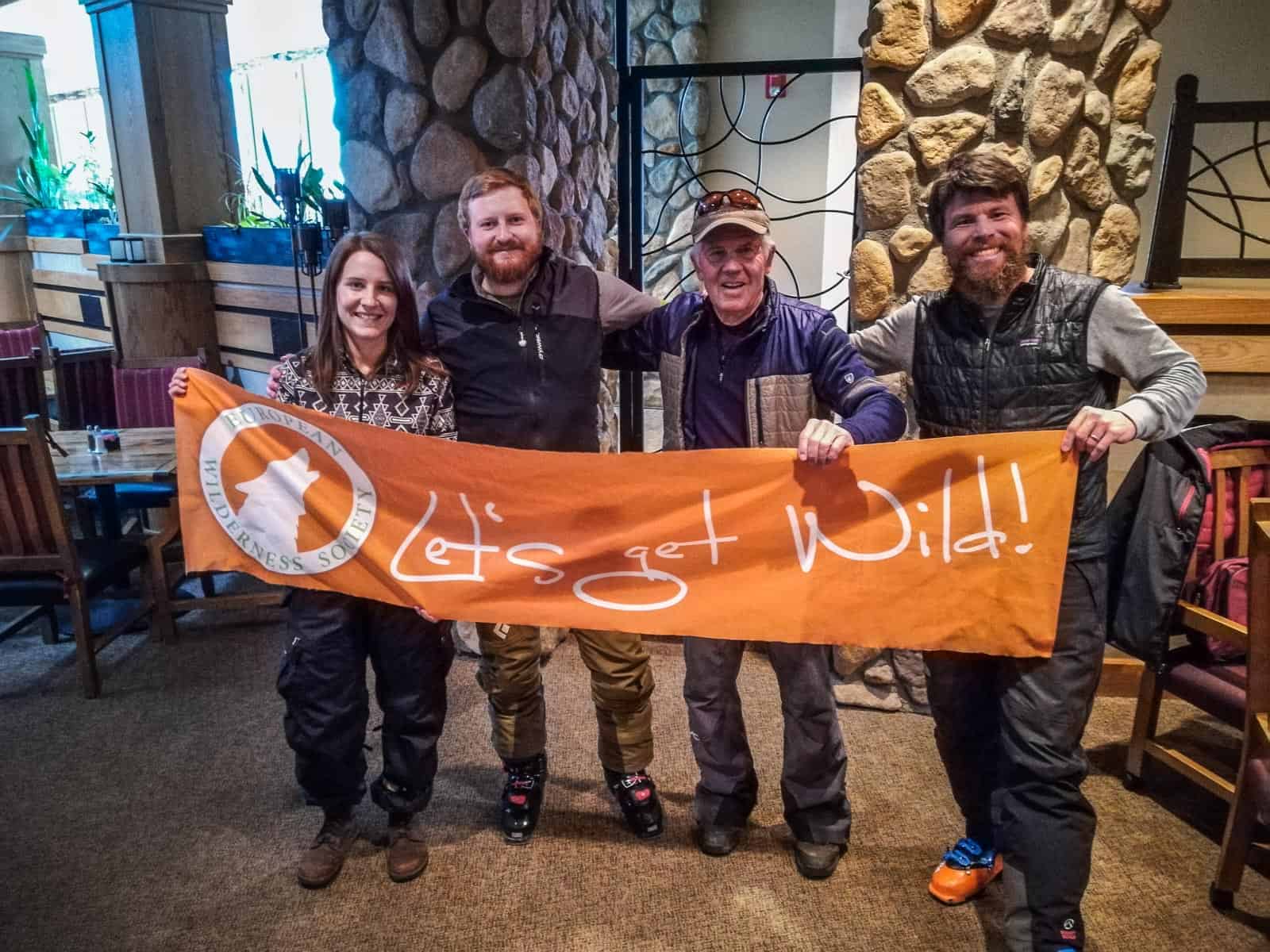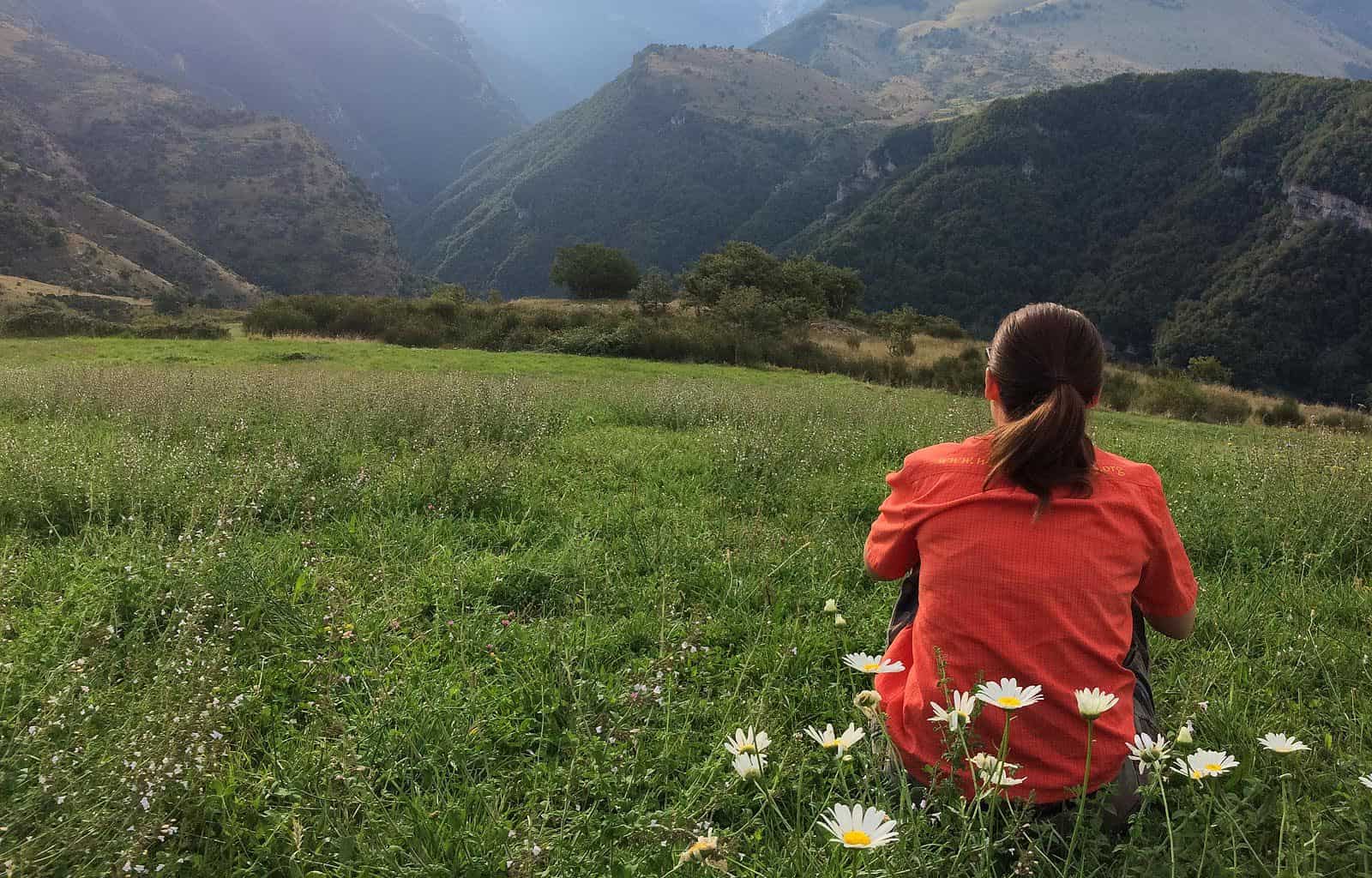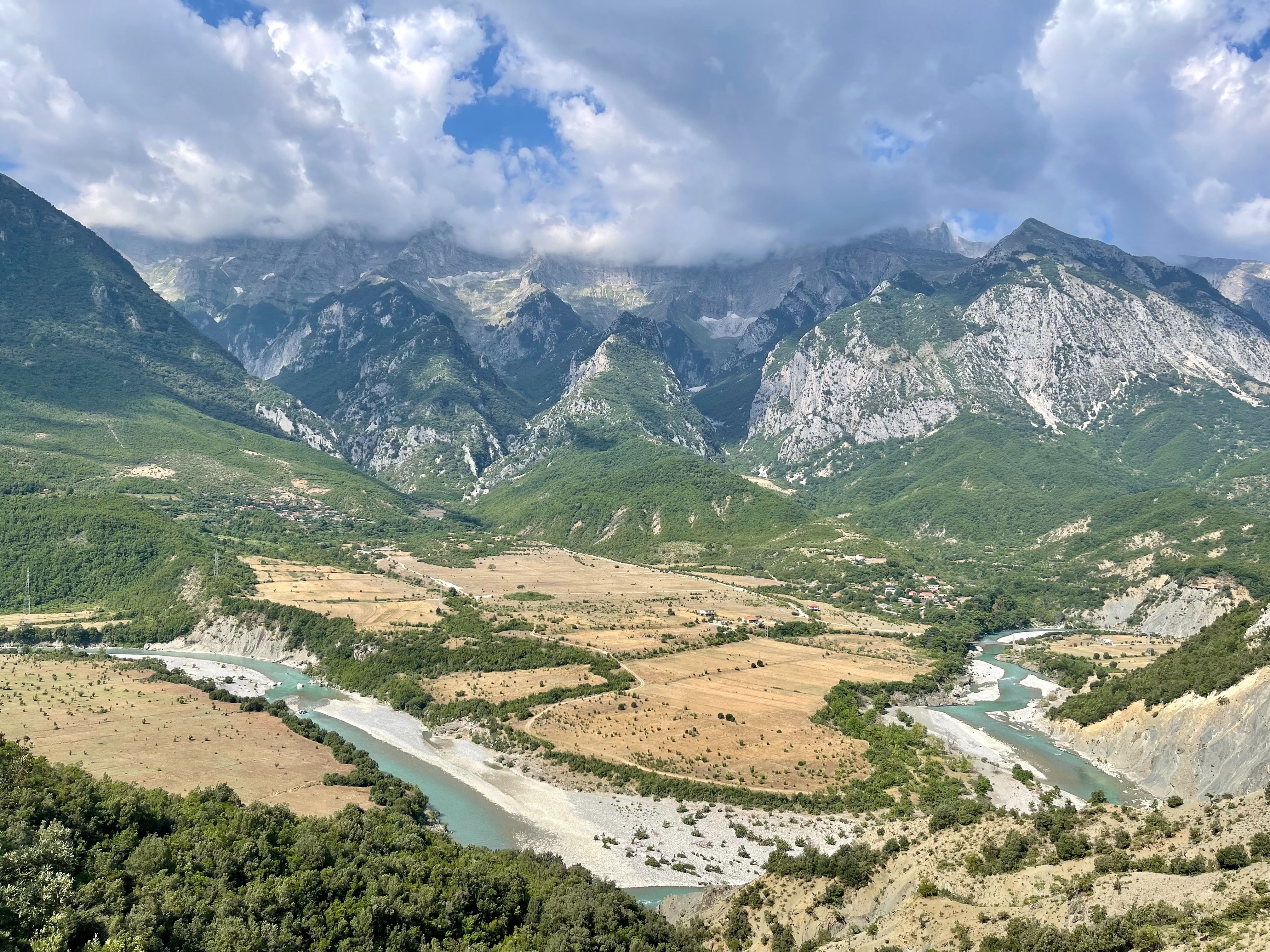Meeting with Roderick Frazier Nash – author of the Wilderness Continuum
Tyler Lee, student of the master program in Environmental Management and Wilderness ranger in the Sawtooth National Recreation Area, Idaho, (hosting the Sawtooth Wilderness, White Clouds Wilderness and Hemingway-Boulders Wilderness) took me on a ski tour to the Fossil Ridge Wilderness. While hiking up through the forest, we talked about permitted management measures in Wilderness areas, accessability and allowed forms of transport to and within these special areas.

Similar to the European Wilderness Quality Standard, access to Wilderness is not allowed on any motorized vehicles or on wheels. In Wilderness managed by the US Forest Service, access on horses is allowed as well as some specific measures for trail maintenance. However, these measures as well as horse access underly a strict set of rules. For example, no motorized equipment is allowed for clearing trails and horses have to be fed with special weed-free fodder. As we hiked through the forest with skies, the local forest composition and wildlife were not only discussed but explored up close. The hunting permit system was a topic as well. The day ended with a cozy dinner and local craft beer with fellow students of the Environmental Management program.

Roderick Frazier Nash and the Wilderness Continuum
The next day started with a Brunch with the acclaimed author (“Wilderness and the American Mind”) and professor emeritus of history and environmental studies at the University of California Santa Barbara, Roderick Frazier Nash. His book “Wilderness and the American Mind”, without a doubt, significantly shaped the understanding of Wilderness in America and beyond. Furthermore, the”Wilderness continuum“, initially developed by Roderick Nash in the 1980s, is the basis for the European Wilderness Definitions and foundation of the European Wilderness Quality Standard and Audit System. This concept for Wilderness, being a process without a fixed baseline rather than a state, played an integral part in my master thesis. Consequently, meeting and skiing with Rod Nash was an incredible honour and pleasure for me.

I am more than thankful to Dr. John Hausdoerffer for organising this amazing weekend of knowledge exchange and Wilderness discoveries and for introducing me to such intersting fellow Wilderness advocates.








